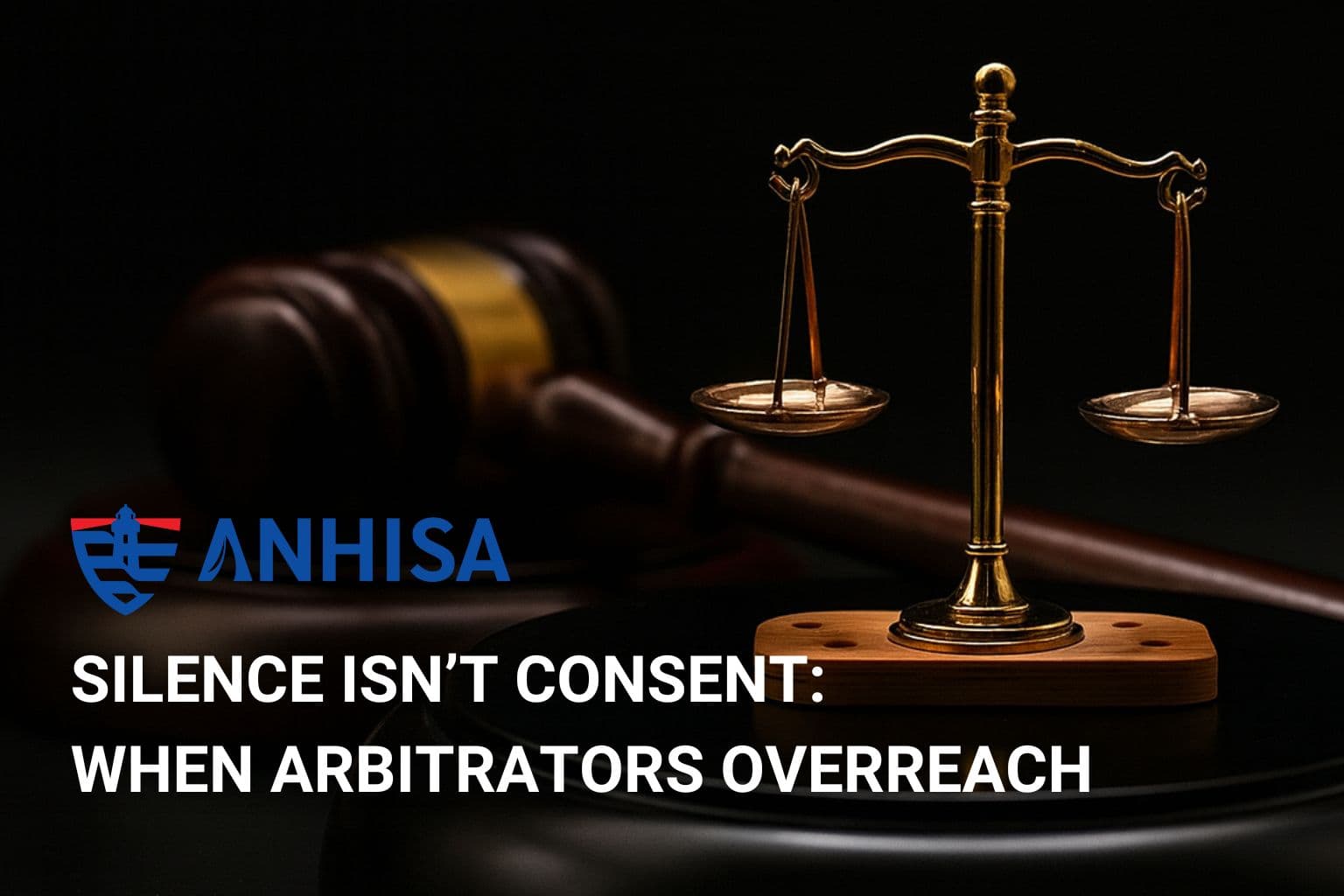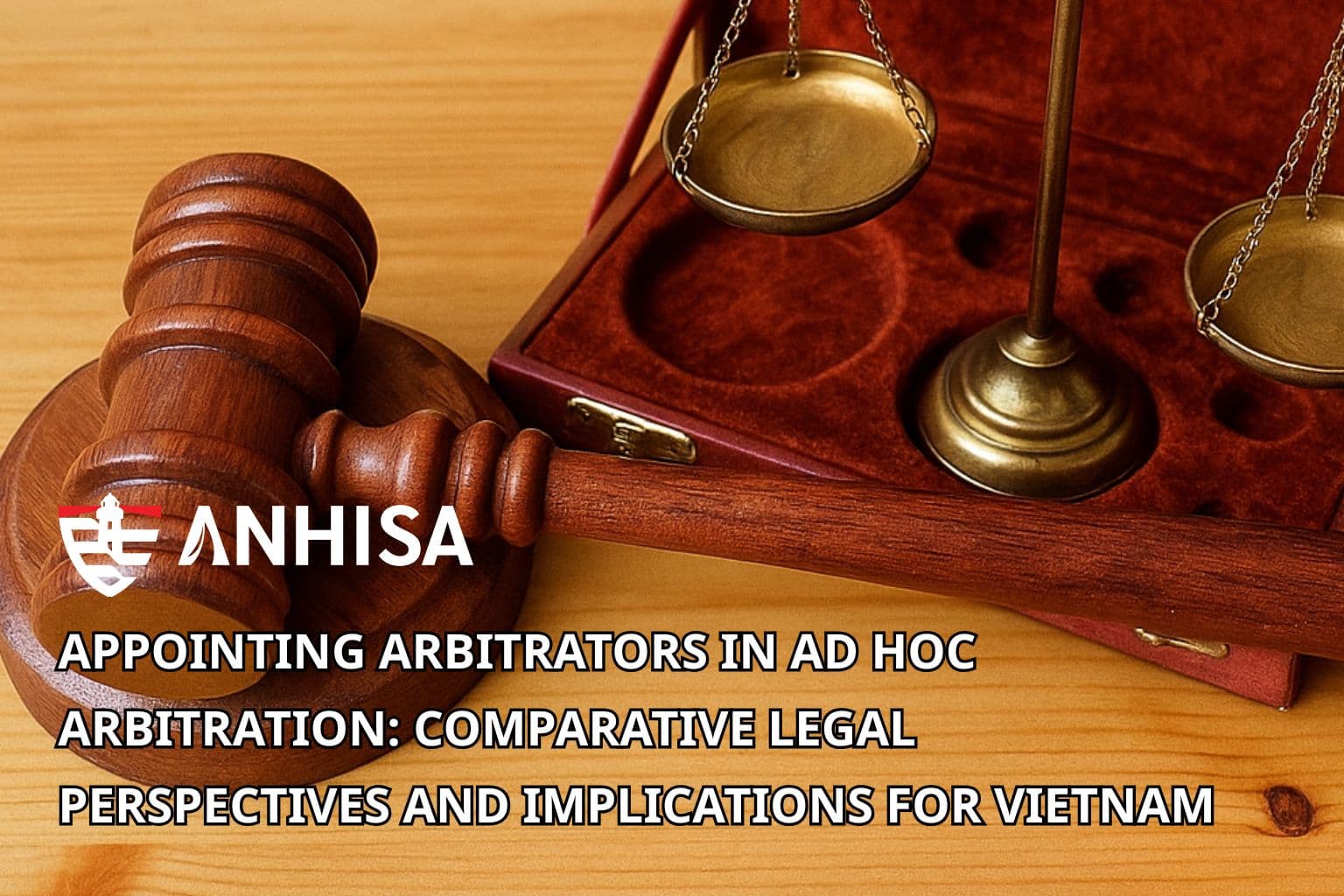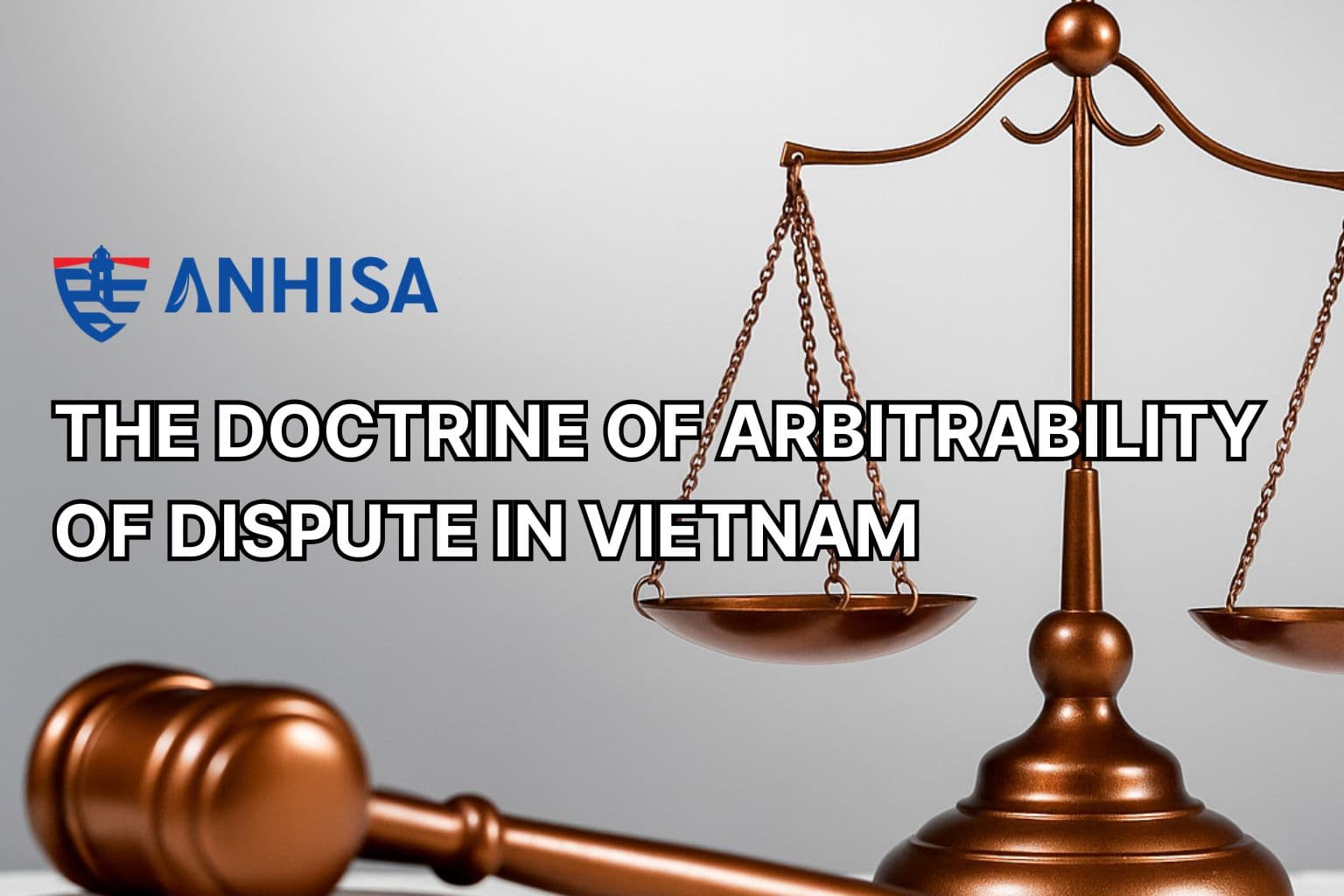[A SERIES OF ARBITRATION NOTES] Episode 7 | Notice of Arbitration and Statement of Claim under SIAC Rules 2016 and their appearance in VIAC Rules
January 09, 2025
The Notice of Arbitration and the Statement of Claim are two of the most significant documents in arbitration proceedings. Nonetheless, different arbitration centers and national arbitration laws provide varying regulations regarding these two types of documents – Vietnam with the Vietnam International Arbitration Centre (“VIAC”) and Singapore with the Singapore International Arbitration Centre (“SIAC”) being notable examples. These differences can sometimes lead to confusion for parties during the application process, necessitating careful attention to ensure the best protection of each party’s rights and obligations.
Overview of the Notice of Arbitration and Statement of Claim of SIAC Rules
The Notice of Arbitration formally initiates the arbitration process. It notifies the respondent of the claimant’s intent to arbitrate and sets the arbitration proceedings in motion.
For instance, as per Arbitration Rules of the Singapore International Arbitration Centre – SIAC Rules 6th Edition, effective from 01 August 2016 (“SIAC Rules 2016”), key requirements of a Notice of Arbitration include the names and contact details of the parties, a reference to the arbitration agreement, a brief description of the claim and relief sought, and the estimated claim value if applicable. The Claimant must also specify procedural preferences, such as the number of arbitrators, the arbitration seat, and the language.[1]
This document serves as the foundation for the arbitration process and establishes critical timelines and focuses more on the procedural aspects of the proceedings, specifically the date of commencement of arbitral proceedings.
The Statement of Claim is submitted after the tribunal is constituted. It provides a detailed explanation of the claimant’s case, including the factual and legal basis for the claims. This document must outline the relief sought, including any monetary claims, and attach supporting evidence. The tribunal usually determines the timeline for submission. The Statement of Claim is essential as it builds the claimant’s arguments and sets the stage for the arbitration proceedings.[2]
Under SIAC Rules 2016, the Notice of Arbitration and the Statement of Claim are, in principle, two separate documents. Logically, the Notice of Arbitration is submitted to the Registrar first to initiate the arbitration proceedings. However, SIAC Rules 2016 also allow the Statement of Claim to be incorporated into the Notice of Arbitration, without requiring them to be submitted as two distinct documents, pursuant to Rule 3.2 and Rule 20.2 of SIAC Rules 2016.
In summary, the Notice of Arbitration serves to initiate arbitration with its concentration being the brief and procedural matters, while the Statement of Claim elaborates on the claimant’s case in greater detail in substantive issues.

The differences between the Notice of Arbitration and Statement of Claim under SIAC Rules 2016 can be illustrated through several aspects, including the time of submission, purpose, content requirements, and the ability to amend.
- Regarding the time of submission, the Notice of Arbitration is submitted at the outset to commence arbitration (Rule 3.1). Arbitration proceedings are deemed to commence on the date SIAC receives the Notice of Arbitration. In contrast, the Statement of Claim is submitted after the tribunal is constituted, typically within the timeline directed by the tribunal (Rule 20.1).
- Regarding the purpose of submissions, the Notice of Arbitration serves as a notification to initiate arbitration proceedings and informs the respondent. It establishes the procedural foundations, such as appointing arbitrators, the seat, and the language of arbitration. In contrast, the Statement of Claim aims to present the claimant’s detailed case and provides comprehensive factual and legal arguments supporting the claim.
- Regarding content requirements, SIAC Rules 2016 require a more brief and concise level of information in the Notice of Arbitration compared to the Statement of Claim. Rule 3.1 mandates that the Notice of Arbitration include the names and contact details of the parties, a reference to the arbitration agreement invoked, a brief description of the dispute and relief sought, the estimated monetary value of the claim (if applicable), and procedural preferences, such as the number of arbitrators and the arbitration seat. In contrast, the Statement of Claim must comply with Rule 20.2 and present detailed facts supporting the claims, legal arguments, and the relief sought, including the quantification of damages, and supporting documents or references to evidence.
- Regarding the ability to amend, we will first discuss the Statement of Claim. SIAC Rules 2016 clearly provide that the Statement of Claim, similar to the Statement of Defense or Statement of Counterclaim, can be amended under Rule 20.5. However, this rule also allows the Tribunal to scrutinize and consider whether it is inappropriate to allow such an amendment, taking into account any delays in making it, potential prejudice to the other party, or any other relevant circumstances. Furthermore, a claim or counterclaim may not be amended in such a manner that the amended claim or counterclaim falls outside the scope of the arbitration agreement. On the other hand, SIAC Rules 2016 do not have a clear provision regarding whether the Notice of Arbitration can be amended.[3]
Both are critical components under SIAC Rules 2016, ensuring an organized and systematic approach to resolving disputes.
VIAC Rules 2017
The updated Rules of Arbitration of the Vietnam International Arbitration Centre in force as from 1 March 2017 (the “VIAC Rules 2017”) do not use the terms “Notice of Arbitration” or “Statement of Claim”. In practice, VIAC Rules 2017 uses a single term, “Request for Arbitration”, for both the Notice of Arbitration and the Statement of Claim. This concept aligns with the arbitration law of Vietnam – where VIAC was established.
Regarding the time and purpose of submission, the Request for Arbitration is submitted at the initial stage of the arbitration proceedings. It serves as a notification to initiate the arbitration proceedings, informs the respondent, and establishes procedural foundations, such as appointing arbitrators, determining the seat, and choosing the language of the arbitration. Arbitration proceedings are deemed to commence on the date VIAC receives the Request for Arbitration[4]. The Request for Arbitration also provides comprehensive factual and legal arguments supporting the claim. In this regard, the Request for Arbitration under the VIAC Rules 2017 plays a dual role, combining the functions of both the Notice of Arbitration and the Statement of Claim under SIAC Rules 2016.
Regarding content requirements, the provisions of Rule 7.2 of the VIAC Rules 2017 represent a streamlined combination of the content requirements found in the Notice of Arbitration and the Statement of Claim under SIAC Rules 2016. Accordingly, the Request for Arbitration is required to include the following: the date of issuance; names and addresses of the parties; a summary of the dispute’s content; grounds for the claims; the monetary disputed value and other claims; nomination of the claimant’s arbitrator candidate; and the claimant’s duly competent signature (signature of the legal representative or the authorized representative where the claimant is an organization; or signature of the individual or the authorized representative where the claimant is an individual).
Additionally, the Request for Arbitration under the VIAC Rules 2017 may also include other procedural requests from the claimant, such as the seat and language of arbitration (the template for the Request for Arbitration issued by VIAC includes these fields for the claimant to complete).
Finally, the claimant may amend and/or supplement the Request for Arbitration, provided that such amendment and/or supplement are made prior to the completion of the final hearing, in writing, and in a sufficient number of copies. Notwithstanding, the Arbitral Tribunal shall have the power to disallow the amendment and/or supplement if it considers them an abuse aimed at causing difficulties or delaying the making of the Arbitral Award, or if they exceed the scope of the arbitration agreement applicable to the dispute, as per Rule 14.2 of the VIAC Rules 2017.

Preparation for Notice of Claim and Statement of Claim under SIAC and Request for Arbitration under VIAC
When initiating a claim under VIAC Rules 2017, special attention must be given to drafting the Request for Arbitration, as this document plays a crucial role in determining both procedural and substantive aspects of the case. While VIAC Rules 2017 allow for reasonable amendments and supplements during the course of the arbitration, the Request for Arbitration requires careful preparation from both the claimant and their counsel.
For cases conducted under SIAC Rules 2016, preparing the Notice of Arbitration is relatively simpler, and the claimant can take advantage of this to reserve the statutory limitation period / the time bar to sue. The Statement of Claim can be prepared and submitted to the tribunal at a later stage, providing detailed presentations and explanations of the arguments in the case.
We emphasize that the Arbitration Rules of the Singapore International Arbitration Centre – SIAC Rules, 7th Edition, effective from 01 January 2025, have introduced a new provision allowing the claimant to amend, modify, or supplement the Notice of Arbitration or any procedural application under these rules with the leave of the Registrar. Similarly, the respective Respondent will also have the right to amend, modify, or supplement its response to the Notice of Arbitration, or any corresponding procedural application.
Although the mechanism for “leave of the Registrar” remains unclear, this is a noteworthy development of SIAC Rules 7th Edition, as SIAC Rules 2016 did not have a clear provision regarding whether the Notice of Arbitration could be amended, as stated in paragraph 13 above. In other words, the Notice of Arbitration served to SIAC may now be amended or supplemented in a similar manner[5] as the Statement of Claim.
For more details on how SIAC Rules 7th Edition – 2025 allow for the amendment of the Notice of Arbitration, please follow our series “SIAC Rules, 7th Edition – An Evolution and ANHISA’s Commentary”.
[1] SIAC Rules 2016, Rule 3
[2] SIAC Rules 2016, Rule 20
[3] SIAC Rules 7th edition introduces a mechanism allowing the claimant to amend the Notice of Arbitration. Please visit our ANHISA’s resources to find more details.
[4] VIAC Rules 2017, Rule 5.
[5] Not totally similar, as once will be examined by the Registrar and once shall be subject to the scrutinization of the Tribunal.
ANHISA LLC AND OUR EXPERTISE
ANHISA LLC is a boutique law firm specializing in Dispute Resolution, Shipping and Aviation. Being the leading lawyers in various fields of law, our qualified, experienced, and supportive team of lawyers know how to best proceed with a case against or in relation to Vietnamese parties and are well equipped to provide clients with cost-effective and innovative solutions to their problems.
Regarding dispute resolution, we have represented Vietnamese and foreign clients in the resolution of disputes involving maritime, construction, commercial and civil matters. Our lawyers are well-equipped to offer services on a wide range of disputes and conflicts, whether cross-border or purely domestic, to appear before any Judges or Arbitral Tribunals. The firm is prepared to assist clients in designing the appropriate dispute resolution procedure to help resolve conflicts as efficiently and cost effectively as possible, which may involve combining elements of mediation and other methods such as arbitration.
AUTHORS
DANG VIET ANH
Managing Partner
Mobile: (+84) 983 467070
Email: anh@anhisa.com
NGUYEN THI TUYET MAI
Senior Associate
Mobile: (+84) 939 117398
Email: mai@anhisa.com
TRAN DUC MANH
Associate
Mobile: (+84) 337 649204
Email: manh@anhisa.com
This article aims to furnish our clients and contacts with general information on the relevant topic for reference purposes only, without creating any duty of care on the part of ANHISA. The information presented herein is not intended to serve, nor should it be considered, as a substitute for legal or other professional advice.
Related posts

SILENCE ISN’T CONSENT: WHEN ARBITRATORS OVERREACH
November 27, 2025

APPOINTING ARBITRATORS IN AD HOC ARBITRATION: COMPARATIVE LEGAL PERSPECTIVES AND IMPLICATIONS FOR VIETNAM
October 08, 2025

PARTIES TO AN ARBITRATION AGREEMENT
October 01, 2025

THE DOCTRINE OF ARBITRABILITY OF DISPUTE IN VIETNAM
September 24, 2025
- EMAIL:
- om@anhisa.com
- office@anhisa.com
- TEL:
- Hanoi Office: +84 24 320 47609
- Saigon Office: +84 28 5416 5873
- HOTLINE:
- +84 (0) 939 117 398
- +84 (0) 983 488 380

